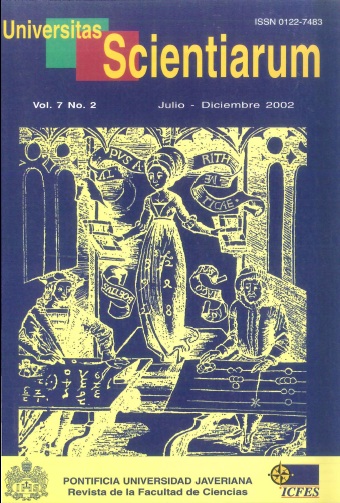Abstract
In this work was carried out a screening of cDNA library of Trypanosoma cruzi with a pool of chronic chagasicsera. The PI, P2, P3, and P4 clones were seiected based on its higher reactivity. Two ofthese clones were identical(P2 and P4 ). P 1 codes for the carboxy-terminal of the EF-Hand 5 variant 1 pro te in of T. cmzi. P2 and P3 code forthe carboxy-terminal of probably new parasite proteins that Jack homology with previously reported proteins.M oreo ver, it is probably that P3 encodes a membrane protein of the parasite. The presence of the PI, P2, and P3products in the trypomastigote stage of the parasite, and the immune recognition of them by chronic chagasic serabut not by healthy controls; make these proteins candidates for markers associated with chronic phase of Chagasdisease.Univ. Sci. is registered under a Creative Commons Attribution 4.0 International Public License. Thus, this work may be reproduced, distributed, and publicly shared in digital format, as long as the names of the authors and Pontificia Universidad Javeriana are acknowledged. Others are allowed to quote, adapt, transform, auto-archive, republish, and create based on this material, for any purpose (even commercial ones), provided the authorship is duly acknowledged, a link to the original work is provided, and it is specified if changes have been made. Pontificia Universidad Javeriana does not hold the rights of published works and the authors are solely responsible for the contents of their works; they keep the moral, intellectual, privacy, and publicity rights. Approving the intervention of the work (review, copy-editing, translation, layout) and the following outreach, are granted through an use license and not through an assignment of rights. This means the journal and Pontificia Universidad Javeriana cannot be held responsible for any ethical malpractice by the authors. As a consequence of the protection granted by the use license, the journal is not required to publish recantations or modify information already published, unless the errata stems from the editorial management process. Publishing contents in this journal does not generate royalties for contributors.



